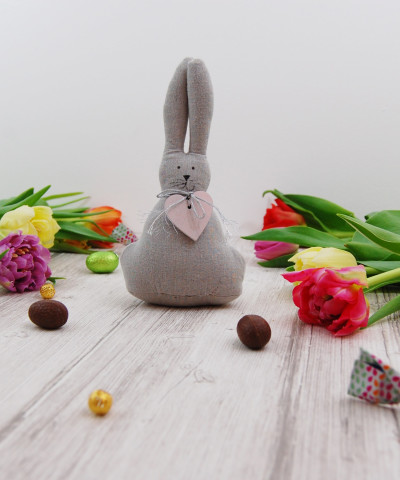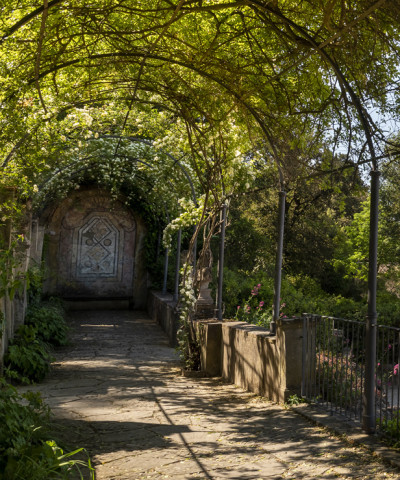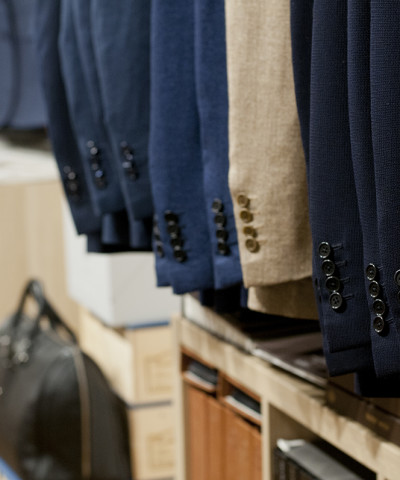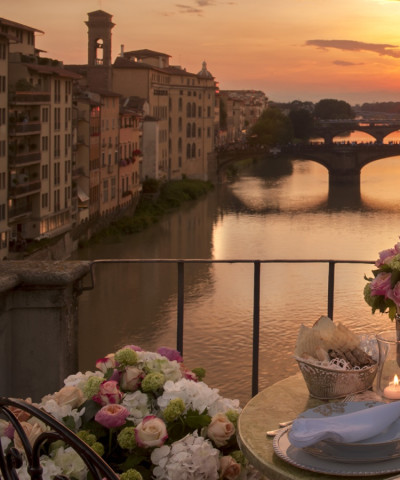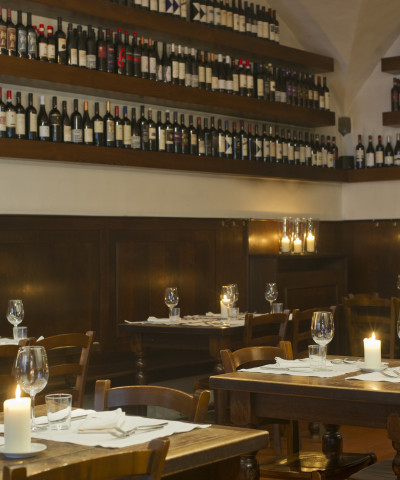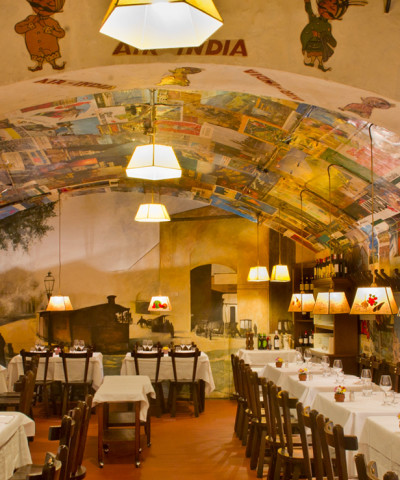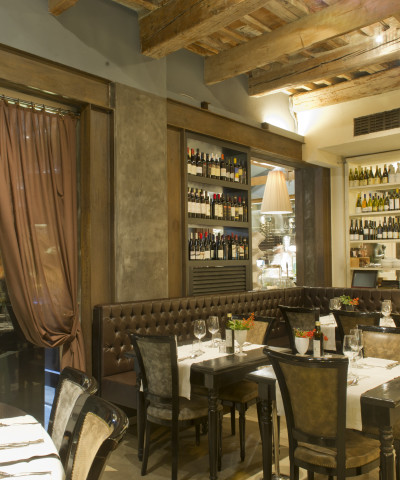Art in Oltrarno
Romantic corners, sumptuous palaces, secret gardens, sculptures and artistic treasures
Walking around Florence is an extraordinary experience! Not far from the crowded central streets, over the bridges, the Florentine Oltrarno offers visitors the opportunity to admire the city from a different perspective and to find romantic corners, sumptuous palaces, secret gardens, sculptures and lesser known but very important artistic treasures.
Let’s start our walk in one of the most beautiful places in Florence, the Giardino delle Rose (the Rose Garden), below Piazzale Michelangelo. The garden that slopes down the hill is home to more than 300 botanical species and used to only open in May when the roses were in flower but today, thanks to the installation of sculptures by Folon, it is open all year. The 12 bronze sculptures and two plaster casts were donated to the city of Florence by the widow of the famous Belgian artist after his death. Scattered throughout the garden, you can admire the Large Suitcase, the Chat, the Fishman and other curious and surreal characters placed tastefully in the vegetation.
Leaving the garden and going towards the Arno we find Piazza Demidoff, with the memorial to Count Nicola Demidoff in its centre. The sculpture by Lorenzo Bartolini was commissioned in 1828. He carved the Count in the centre surrounded by four allegorical groups representing his virtues.
Walking along the banks of the river to Ponte Vecchio we find the sculpture of another major contemporary sculptor, the Saint John the Baptist by Giuliano Vangi. Placed between Via de’ Bardi and Lungarno Torrigiani, the bronze sculpture was created by the artist from Mugello for the City of Florence in 1995, after the large monograph dedicated to him at the Forte di Belvedere.
Next to Ponte Vecchio, at the beginning of Borgo San Jacopo, in a niche, you can see the copy of the Bacchus by Giambologna. Created shortly after the middle of sixteenth century, it is the artist’s earliest monumental masterpiece to have survived.
The work was commissioned by Lattanzio Cortesi and as a bequest it was donated to the collegiate church of San Gimignano, his home town, in 1606. We do not know if the statue ever made it to San Gimignano; in the seventeenth century it belonged to the Medici family and, believed to be a work of Cellini, it was housed in Palazzo Pitti. Only in the nineteenth century was it relocated in the niche of Borgo San Jacopo and in the 1920s it was once again attributed to Giambologna.
Going along the length of Borgo San Jacopo you come to the wonderful Fontana dello Sprone or del Buontalenti. Made by Bernardo Buontalenti, around 1608, when this part of town was decorated for Cosimo II de’ Medici and Maria Maddalena of Austria’s wedding procession, the fountain consists of a mask that sprays water into a shell-shaped tub characterized by large, elegant volutes along the edge.
Going up along Via Maggio, standing alone in the square is the San Felice Column, the second column commissioned by Cosimo I to celebrate the victory at the Battle of Marciano.
It is a monolith in Medici breccia stone, from Serravezza, that was made along with another that was located in Piazza San Marco. Bartolomeo Ammannati was appointed to supervise the work but, during the installation operations in 1572, the column broke in half. The two sections were then attached but it remained incomplete, without a capital, without a base and without the statue that was supposed to be placed on the top. The column remained there until 1838 when the Grand Duke Leopold II had it removed to widen the road. In 1992 it was once again placed back in its original position.
Along Via Romana, from the Annalena entrance, you can enter (after purchasing a ticket) the Giardino di Boboli (Boboli Gardens), where, in addition to the immense botanical heritage and the large collection of ancient sculptures, you can find the works of would-famous contemporary artists such as Igor Mitoraj, Ivan Theimer and Kan Yasuda.
The tour ends outside the Porta Romana, where you can see a monumental work by Michelangelo Pistoletto. The work, entitled Dietrofront (Turnabout), is about six metres high and consists of two female figures: one standing up looking towards Via Senese; the other balance above the head of the first, looking towards Via Romana. Ideally representing the contrast and interplay between the past and the future, the sculpture helps us to understand how, despite the delicate urban fabric, the city must continue to wisely welcome contemporary works and perpetuate the artistic process that has made it one of the most admired cities in the world.










